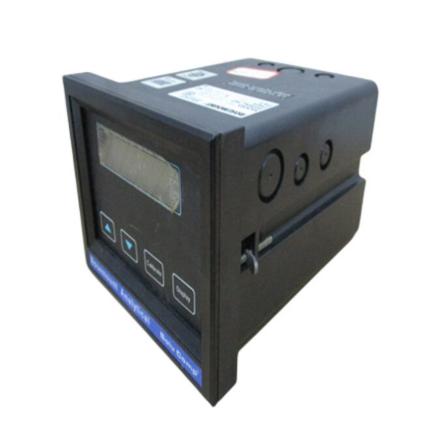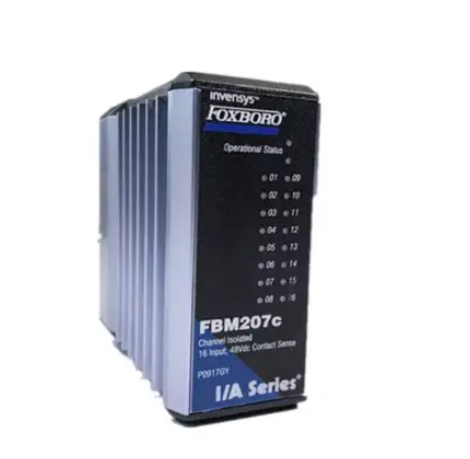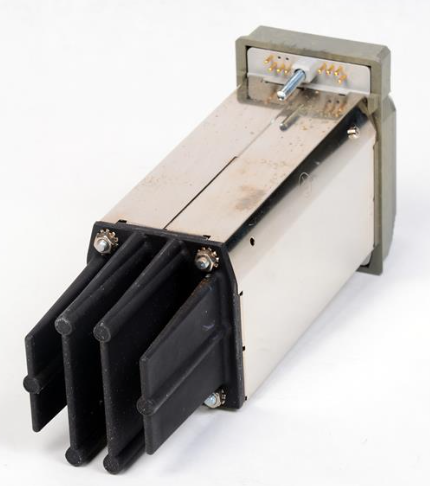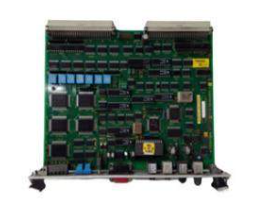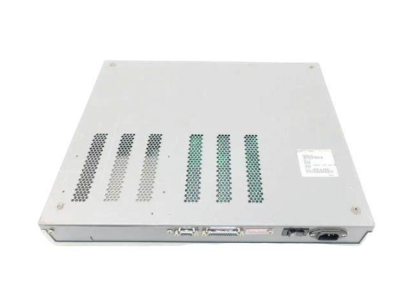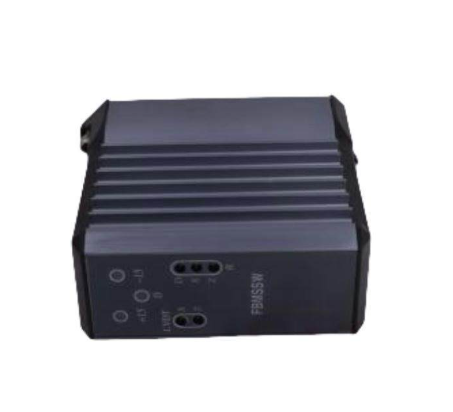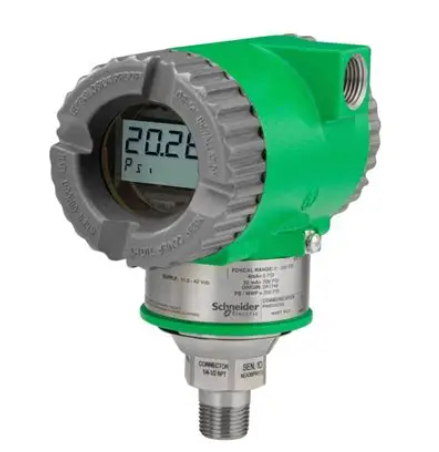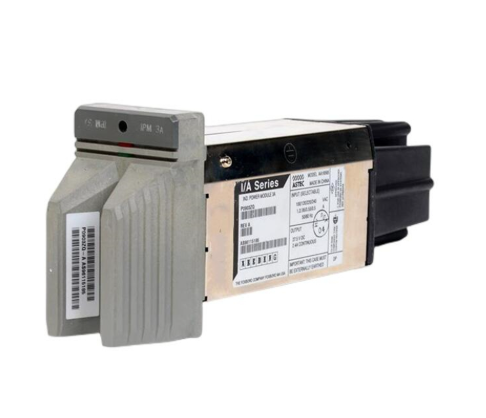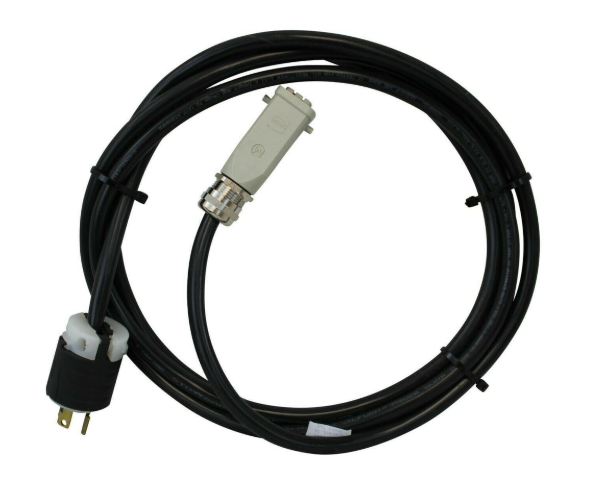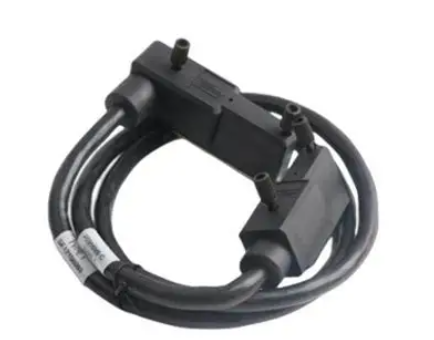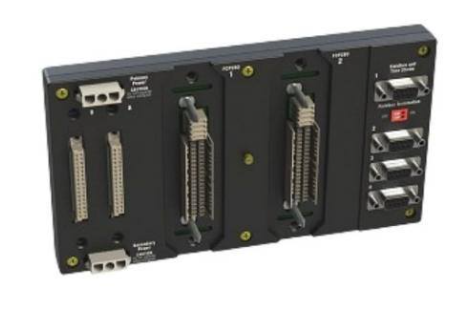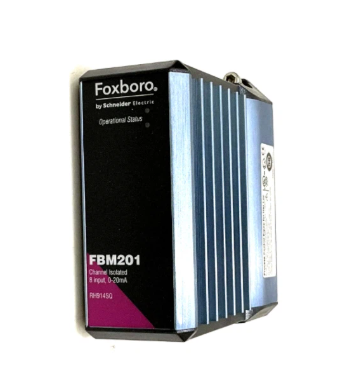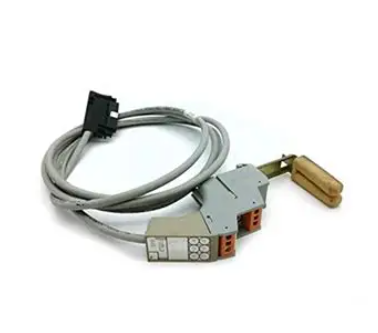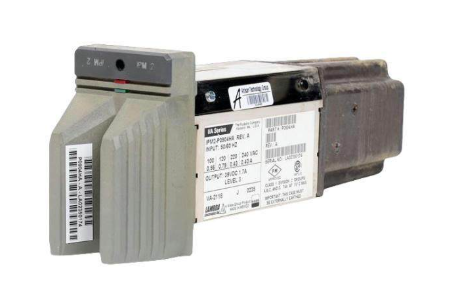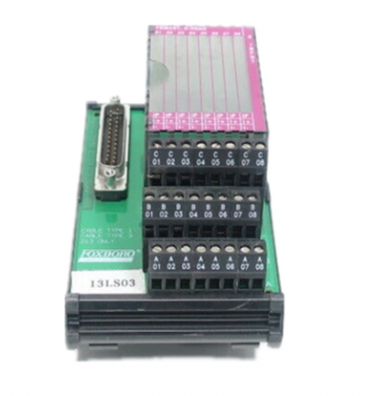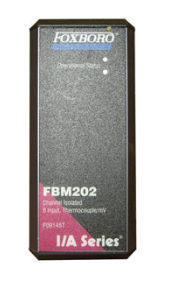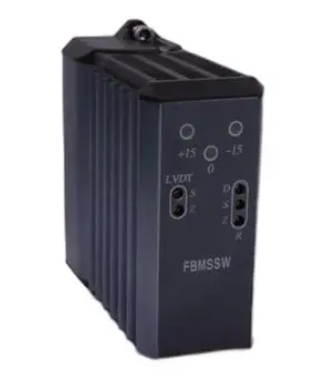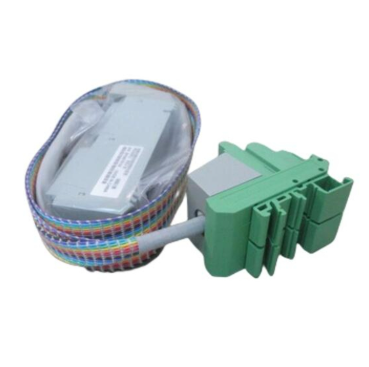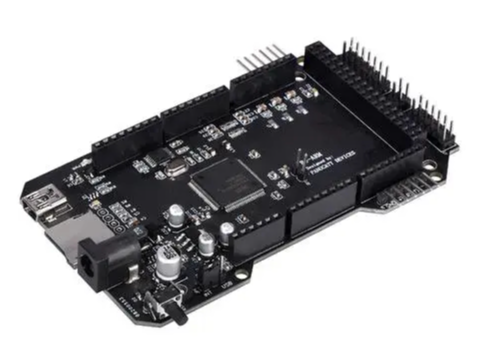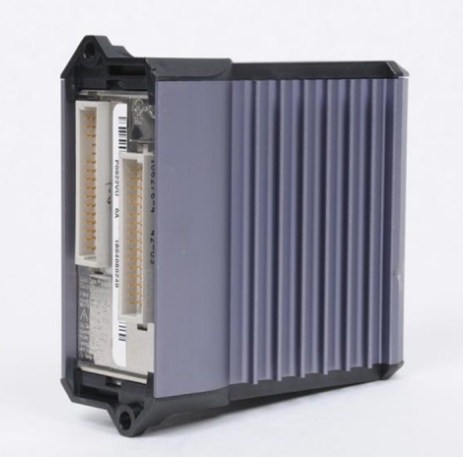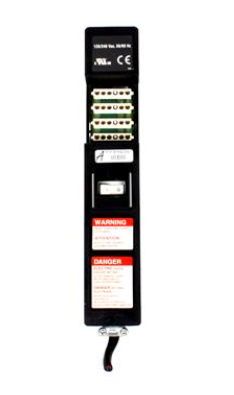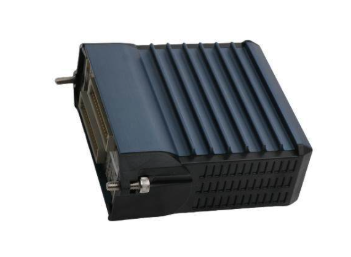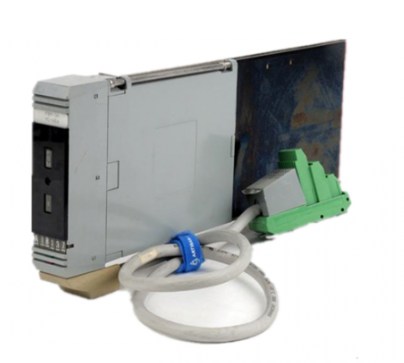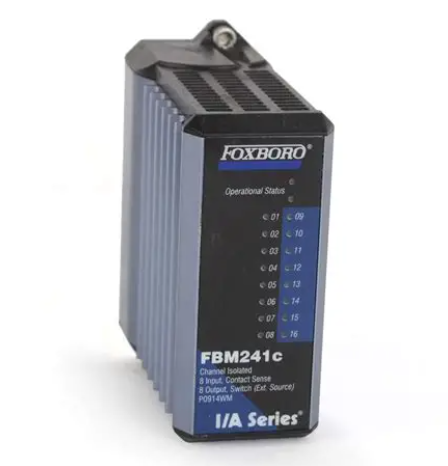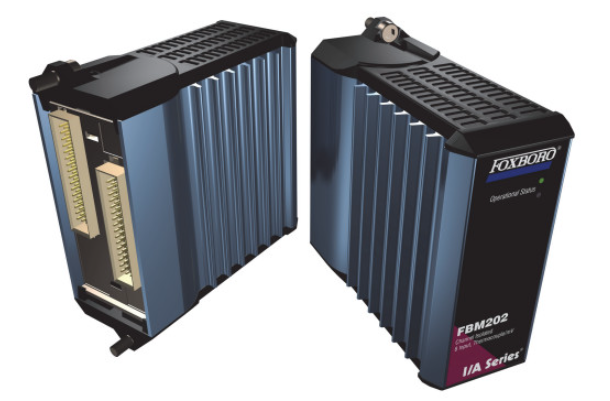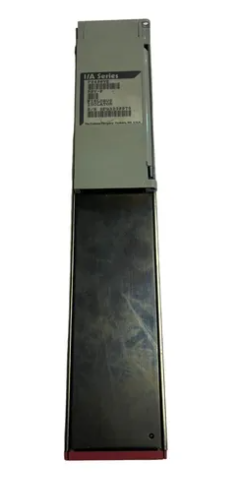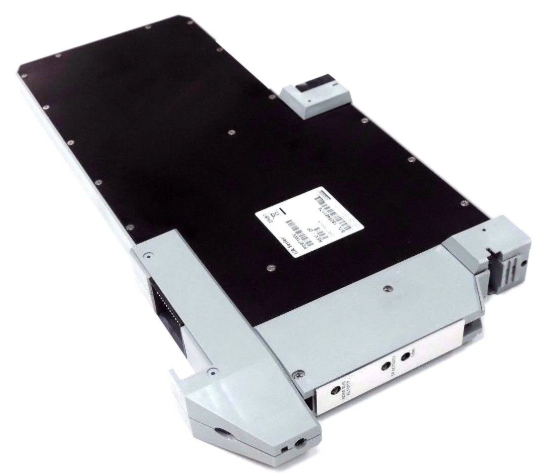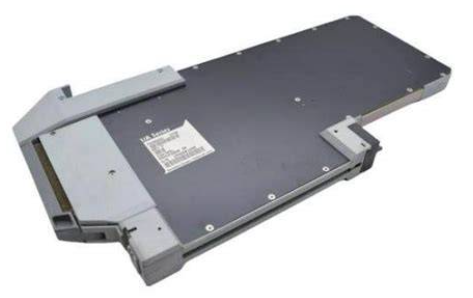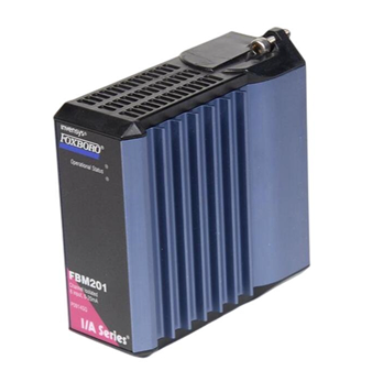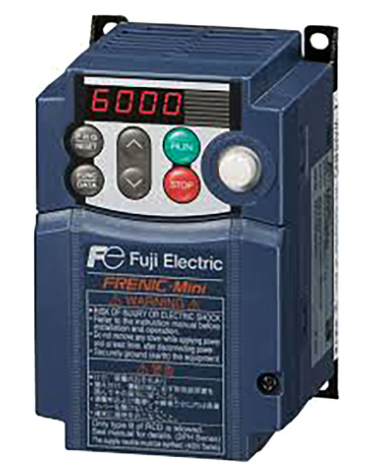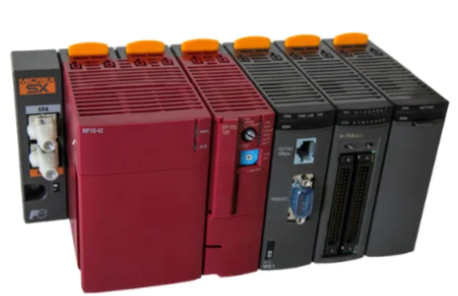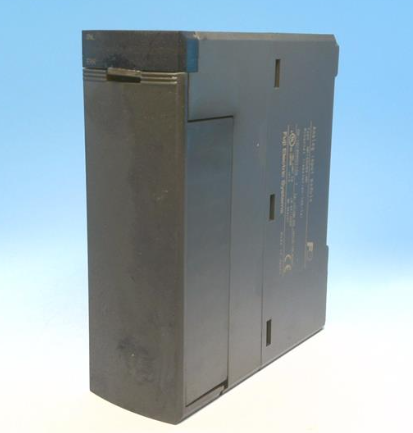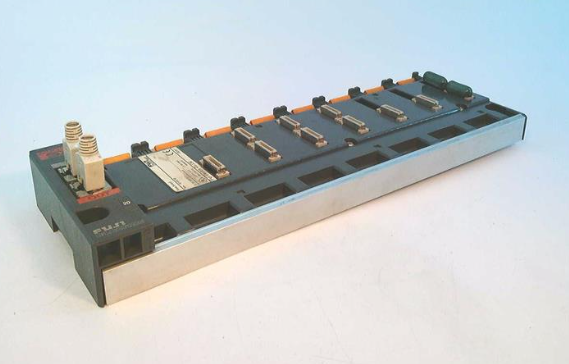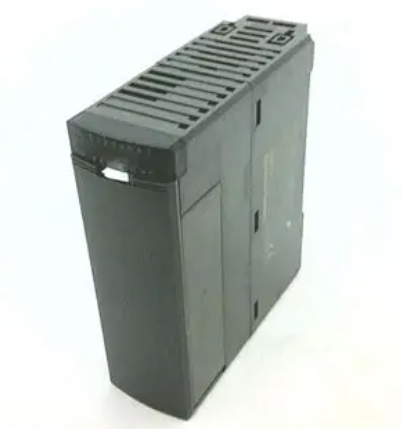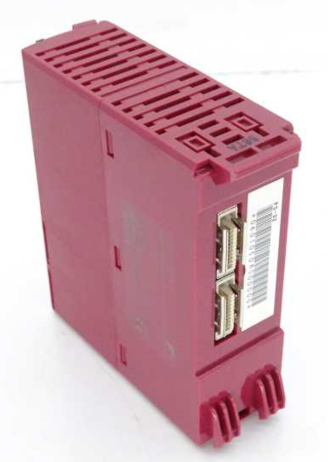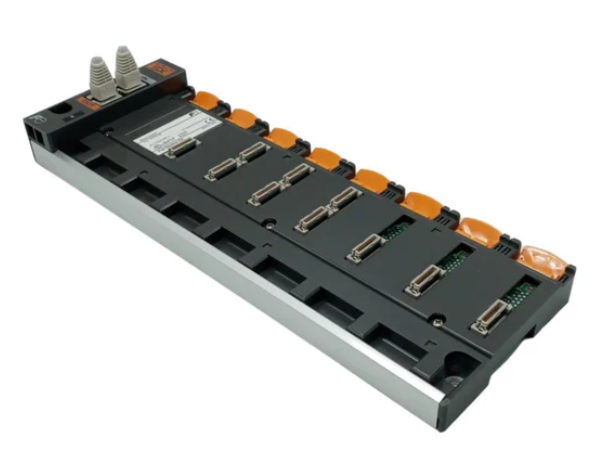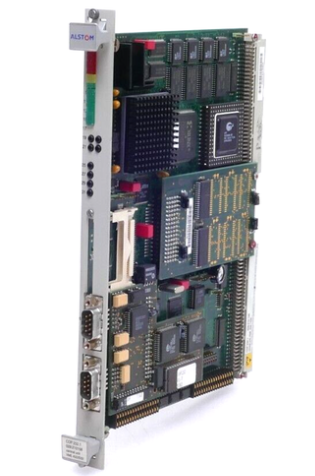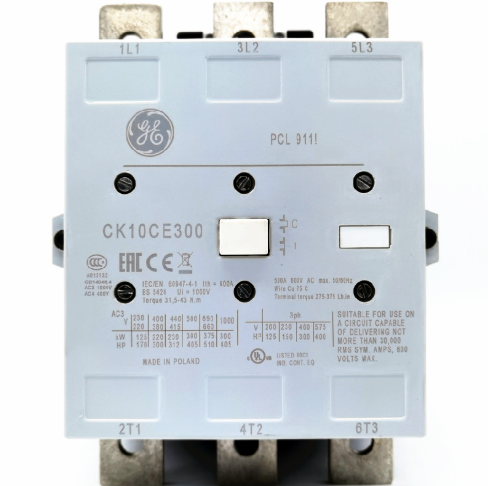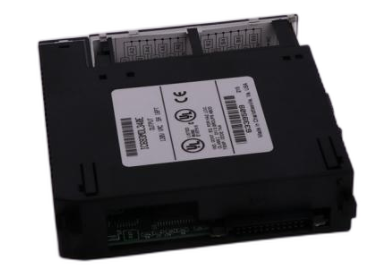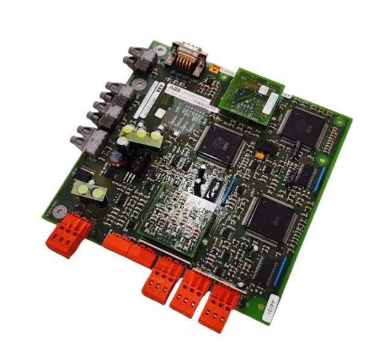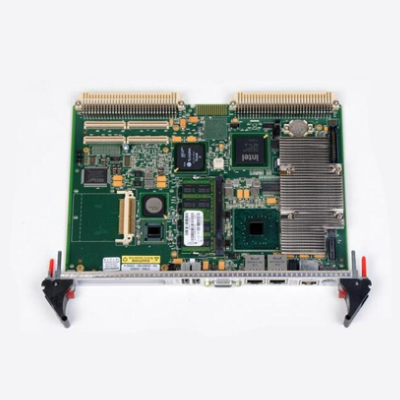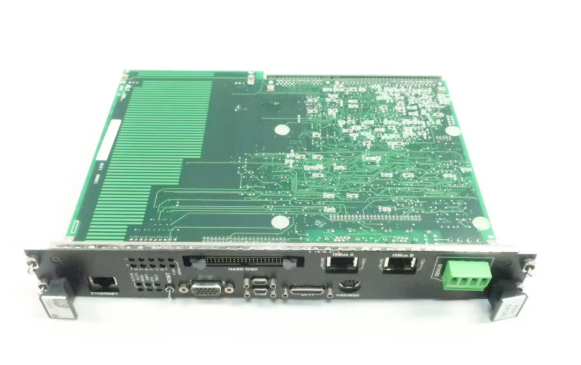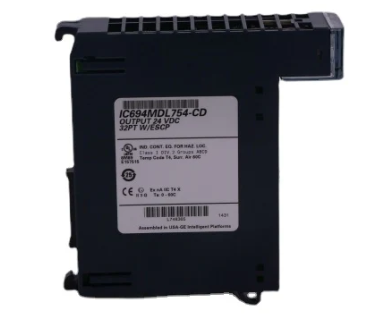Review and prospect of metallurgical history research in China
I. Review of the history of metallurgy in China
(1) The beginning of research on the history of metallurgy in China
Although dynasties have attached great importance to the history of history, but mainly political history, and the history of industrial technology, especially the history of metallurgy, few people have been interested. In the vast number of historical documents, the contents of metallurgical history are mostly scattered and scattered information, such as the catalogue of products in the annals of food. In addition, the literati's simple memory of the craft can also give us a glimpse of the skills of ancient metal craftsmen. In the Song Dynasty, Shen Kuo's "Mengxi Pen Talk" contains the process of filling steel, but it is only limited to witness records; Tieye Zhi, written by Fu Jun in the Ming Dynasty, was regarded as an important work summarizing iron-making technology, but it was lost long ago. Only the Ming Dynasty Song Yingxing's book "Tiangong Kai Wu" contains relevant ancient metallurgical technology information, handed down to the present, very precious.
Using modern scientific and technological means to study the history of ancient Chinese metallurgy, about the beginning of the Republic of China. With the introduction of modern metallurgical technology and the rise of metallurgical industry, a group of research teams with scientific knowledge began to form, and a number of important research papers on the history of metallurgy were published, the most representative of which were the work of Mr. Wang Jin and Mr. Zhang Hongzhao. Wang introduced analytical chemistry to study ancient metal objects, which was the beginning of the study of the history of metallurgy in China. His publications such as Chemistry of Metals in Ancient China, Chemical Composition of Wuzhuqian and Ancient Application of Lead, tin and zinc pewter, and Nickel in Chinese Copper Alloys were the first to study the history of metallurgy and chemistry in China. He later published the book Metal Chemistry and Golden Dan in Ancient China. Mr. Zhang Hongzhao made a breakthrough in the invention and research of ancient zinc smelting technology, and published the Origin of Zinc in China and the Origin of Zinc in Ancient China Again. Liang Jin's "Zhou Dynasty Alloy Composition Investigation" is also an important research achievement in this period. Foreign expert Dinglan's "China Iron Ore Annals" not only deals with iron ore resources, but also has an overview of Chinese traditional and modern iron smelting technology. Wang is the author of the History of Metallurgical Industry in China, which can be regarded as the earliest comprehensive article on the history of mining and metallurgy in China. These ancestors not only attached importance to the literature research, but also attached importance to the archaeological material, so that the research of Chinese metallurgical history from the beginning has the right direction and method.

History of Metallurgical Industry in China. Home page
From the 1930s to the 1940s, due to the changes in the domestic and foreign environment, the research on the history of metallurgy was relatively flat, but there were some studies worthy of attention. For example, Chinese archaeologists unearthed the ancient copper casting site for the first time - Yin Ruins copper casting site, Liu Yuxia published a study on Copper smelting in Yin Dynasty; During the Anti-Japanese War, Zhou Zhihong investigated the process of Beibeisu steel in Chongqing and published the Creative Achievements of China's early iron and Steel smelting technology.
From the 1950s to the 1960s, the history of science and technology in China was formally incorporated into the track of national scientific research. In 1957, the Laboratory of Natural Science History of the Chinese Academy of Sciences was established, and Hu Shuhua, director of the library of Beijing Iron and Steel Institute, was hired to sort out and study the history of ancient Chinese metallurgy on a part-time basis. Due to the development of archaeology, many smelting sites have been excavated and a large number of metal artifacts have been unearthed, which provide rich materials for further research. A number of important achievements have also been published, such as Li Hengde's "Iron and Steel Metallurgy Technology in Chinese History", Zhou Zeyue's "On Several Problems in the history of Metallurgy in ancient China", Zhang Zigao's "Six different Aspects", Hua Jueming's "Preliminary Report on Metallography Investigation of Iron ware in the Warring States and Han Dynasties", Ling Yeqin's "Discussion on the casting technology of large copper bells in Beijing Ming Yongle". His works include the Invention and Development of Iron Smelting Technology in Ancient China by Yang Kuan and a Brief History of the Development of Iron Smelting and Steel Making Technology in China by Local Methods, and the Draft of Chinese Chemical History (Ancient Part) by Zhang Zigao.
(2) The rapid development of research on the history of metallurgy in China
In the mid-1970s, the Ministry of Metallurgical Industry set up the compilation group of the History of Metallurgy in China, organized experts from Beijing Institute of Iron and Steel, the Laboratory of Natural Science History of the Chinese Academy of Sciences, and the Institute of Non-ferrous Metals to collect and sort out a batch of precious materials, which opened the era of systematic research and compilation of ancient Chinese metallurgical history by domestic scholars. He also published two books, "Metallurgy in Ancient China" and "A Brief History of Metallurgy in China". During this period, under the leadership of Professor Ke Jun, the Metallurgical History Group of Beijing Iron and Steel Institute worked closely with archaeologists, and a number of important research results were born one after another, such as "Discussion on the development of iron smelting technology in the early feudal society of China", "Analysis on the copper yue iron blade of the Gaocheng Shang Dynasty", "a preliminary study on iron smelting technology in the Han Dynasty of Henan", "Preliminary study on early Chinese copper ware".
A group photo of some members of the compilation group of the History of Metallurgy in China
Since then, the study of the combination of literature and cultural relics and archaeology has greatly promoted the research progress of the history of Chinese metallurgy, and the academic papers published have grown in a straight line, which can not be listed because of space constraints. A number of representative comprehensive academic works have been published, marking the gradual maturity of the study of Chinese metallurgical history. For example, Tian Changhu's "History of Metal Technology in China" (1987), Su Honor's "Ancient Metal Technology in China" (1995), Hua Jueming's "Ancient Metal Technology in China - Civilization created by Copper and Iron" (1999), Sun Shuyun's "Monograph on Ancient Chinese Metallurgical Technology" (2003), Han Rubin's "History of Science and Technology in China - Mining and Metallurgy" (2007) He Tangkun's History of Metal Smelting and Processing Engineering Technology in Ancient China (2009), Chen Jianjian's New Exploration of Ancient Chinese Metal Smelting Civilization (2014), etc.

At the same time, a number of thematic works have been published, reflecting the characteristics of a hundred flowers blooming. Among them, Zhang Zengqi's "History of Yunnan Metallurgy" (1980), Li Jinghua's "Research on Ancient Metallurgical Technology in Central China" (1994, 2003), Zhu Peijian's "Foshan Ming and Qing Dynasty Smelting and Casting" (2009), Li Xiaocen's "Research on Bronze Technology in Ancient Yunnan" (2011); In the history of non-ferrous metals, his English works include Mei Jianjun's Red Copper and Bronze Technology in Prehistoric Times in Xinjiang (2004) and Zhou Wenli's Large-scale Zinc Smelting Technology in Chongqing during the Ming and Qing Dynasties (2016). Chinese scholars include Liu Shizhong's Mining and Casting Technology in the Bronze Age of China (1997), Qian Wei's Bronzes of Prehistoric Times in Hami Region of Xinjiang and Their Relationship with Surrounding Areas (2006), and Chen Jianjian's Research on Pottery Casting Technology of Bronzes of Shang and Zhou Dynasties (2011). In the history of iron and steel, Jiang Maofa et al., "Annals of Chinese Iron Metallurgy" (2005); Baiyun Xiang, "Archaeological Research on Iron Ware in the Pre-Qin and Han Dynasties" (2005); Chen Jianjian et al., "Research on Iron and Steel Technology in the Middle Plains of Han and Jin Dynasties and Northern China" (2007); Huang Quansheng, "Investigation of ancient iron smelting sites and Slag Research in Guigang Area of Guangxi" (2011); In terms of methodological research, such as Lead isotope Archaeology: A Case study of bronzes in China and Vietnam by Cui Jianfeng et al. (2008) and Lead Isotope Archaeology in China by Kim Jung-yao (2008); In terms of traditional technology, such as the Complete Collection of Chinese Traditional Technology: Metal Technology (2005) by Tan Deli et al. In terms of economic history, Huang Qichen's History of Iron and Steel Production in China in the Fourteenth Century to the Seventeenth Century (1989) and Wang Lingling's Research on Mining and Metallurgy Industry in Song Dynasty (2005); In the history of coins, Zhou Weirong's Research on the Alloy Composition of Ancient Chinese Coins (2004), Scientific Research on Ancient Chinese Silver ingots (2016) and so on. Since the 1980s, the Institute of Metallurgy and Materials History of the University of Science and Technology Beijing has compiled and published five volumes of Essays on the History of Metallurgy in China, mainly collecting and sorting out papers on the history of metallurgy by teachers and students in the Institute. Essays by scholars of metallurgical history, such as Mohaji - Su Honor Self-Selected Works (2012), Mohaji - Han Rubin's Selected Works on Metallurgical History (2014), Attack Gold Collection - Sun Shuyun's Selected Works on Metallurgical Technology History (2015), Hua Jueming Self-Selected Works (2017), have also been published.
Compared with the ancient metallurgical history, the research of modern and modern metallurgical history in China is relatively few, only a few special studies, such as Quan Hansheng's "History of Han Yeping Company". In recent years, a group of young scholars in China have tried to study the history of modern metallurgy. For example, Fang Yibing studied the steel technology of Hanyeping Company and published monographs "Hanyeping Company and the Transplantation of Modern Steel Technology in China" (2011) and "A Comparative Study on the History of Modern Steel Technology between China and Japan: 1868-1933" (2013). Fu Jianqiu's special research on Hunan antimony industry can be studied from the Angle of social history, supplementing some modern historical materials. In addition, the publication of a number of historical records of metallurgical enterprises, such as the Annals of Anshan Iron and Steel (1994, 2011), the Century-old History of Heavy Steel (2011), the Annals of Han Yeping Company (2017), the history of metallurgical Engineering in Central South University (2012), and the History of Powder Metallurgy in Central South University (2014), The basic data have been accumulated for further research.
It is gratifying that the ancient part and the modern part of the General History of Metallurgy in China, edited by Xu Kuangdi, have been funded by the National Publishing Fund in 2015 and 2016, but the orientation is mainly popular science, and the length is small, and can not fully reflect the new progress of the research on the history of metallurgy in China in recent years from the perspectives of civilization history, social history, institutional history and environmental history.
(3) Foreign scholars pay attention to the history of Chinese metallurgy
Japanese scholars paid early attention to the history of Chinese metallurgy. In the 1920s, the results of the analysis of the alloy composition of ancient Chinese copper ware were published in the Chemical Studies of Ancient Oriental Copper Ware and Oriental Alchemy. After the 1930s, the Japanese conducted research on a large number of Chinese bronzes, such as the Chemical Study of Oriental Ancient Metals by Michino Tsuratsu, the Ancient Metal and its Metal Culture Seen from Chemistry, the Chemical Study of Oriental Bronze Mirrors by Komatsu Shigeru and Yamauchi Shuto, and the Chemical Study of Ancient Mirrors. "Chemical Composition of Four or Five Zouyi" and "Archaeological investigation of the composition of Bronze sharps" by Umehara Miji.

In the 1940s and 1950s, a group of Western scholars represented by Joseph Needham began to study the history of science and technology in China, and the history of ancient metallurgy also received special attention, such as Needham's Iron and Steel Technology in Ancient China (1958). Donald Wagner's "China's Traditional Iron Industry and Its Modern Fate" (1997) and "History of Science and Technology in China · Iron and Steel Metallurgy" (2008) can be regarded as the masterpieces of foreign research on the history of iron and steel metallurgy in China, but "History of Science and Technology in China · Non-Ferrous Metals" has not been officially published due to the continuous update of data. In addition, Noel Barnard, Robert Bagley and others have made some insightful studies on the history of Chinese bronze craft, but they are mainly limited to the research field of art history.
Robert Hartwell's research on iron production in China's Song Dynasty started the first study of Chinese metallurgical history from the perspective of economic history, but no one has followed. In recent years, the study of China's environmental history by Hark Elvin and Robert Marks has inspired a new way to study China's metallurgical history from the perspective of ecological environment.
Two, several important issues in the history of Chinese metallurgy
At present, the research of China's metallurgical history mainly focuses on the history of ancient metallurgical technology. For many years, it has taken the road of combining documentary research and archaeological investigation. The application of modern scientific and technological means to the analysis of metallurgical relics has become an important means and has achieved fruitful results. These studies are based on the patriotic interpretation of the development of the splendid and developed metallurgical technology in ancient China, most of them belong to the internal history of technological history, and the modern metallurgical history is short, "thick ancient history and thin modern history" is the norm, and there is a lack of broader economic history, social history and institutional history research, and few interdisciplinary metallurgical history research from a global perspective. There are still many places worth thinking deeply about in the history of Chinese metallurgy, at least the following important issues are worth further systematic sorting and research.
(1) The origin of Chinese metallurgy and its influence on the early formation of Chinese civilization
Metallurgical technology has played an important role in the origin and development of Chinese civilization, and the source and flow of Chinese metallurgical technology has always been a hot issue of academic concern. Through the systematic analysis of early copper and copper smelting industry in Northwest China, Central China, Central Asia and West Asia, it is concluded that the early development of copper smelting industry in Northwest China is the premise of maintaining cultural interaction with Central Asia. The Northwest of China did not accept the metallurgy from Central Asia and beyond passively, but took the initiative to transform and utilize it, and constantly formed its own characteristics. The true rise of metallurgy in the Central Plains and the formation of an independent Chinese style was finally realized in the late Erlitou culture." Recently, Chinese scholars have demonstrated in real objects that the cultural exchanges between China and the West took place in the Eurasian steppe, and that the development of Chinese civilization is a history of continuous exchanges between Chinese culture and the excellent cultures of other countries or nations in the world. Archaeological evidence also shows that there are several core areas of bronze civilization in China, and the archaeological culture in the Central Plains also has an influence from east to west. Although many research results have been achieved, the understanding of the origin, transmission process and transmission mechanism of metallurgical technology in China is still unclear, and the research on the similarities and differences of metallurgical handicraft industry between Central Plains and frontier areas in the pre-Qin period, and the relationship between metallurgy and regional civilization development are still not in-depth. Therefore, the research methods of metallurgical archaeology should be further developed and the metallurgical sites in the pre-Qin period should be investigated. It is of great academic significance to systematically sort out and analyze the existing and newly discovered archaeological data, clarify the development of metallurgical handicraft industry in Central Plains and border areas and their mutual relations, and put forward the regular understanding of the relationship between metallurgical technology and civilization development in early China.

(2) The formation of iron and steel technical system in ancient China and its economic and social impact
Through the comprehensive study of metallography and chronology, it can be inferred that the earliest use of artificial iron smelting products in China can be advanced to the 14th century BC, and the earliest use of iron ware in Xinjiang is earlier than the 10th century BC. After the technology of block iron smelting spread to the Central Plains in the late Western Zhou Dynasty and the early Spring and Autumn period, it rapidly developed into a technical system of pig iron. The spread of pig iron technology to the northwest, southwest and northeast of China, especially to Vietnam, the Korean Peninsula and the Japanese islands, has been deeply studied. These research results build a more detailed development process of ancient Chinese iron and steel technology, indicating that pig iron smelting and raw iron steel technology system is another major creation of ancient Chinese metallurgical technology, although starting from the iron smelting and raw iron steel technology in China has been relatively sufficient research. However, the time and mechanism of the origin of iron smelting technology in China, the significance of large-scale use of pig iron, the invention of stir-frying steel technology and its judgment criteria, the formation and mechanism of steel pouring technology system, the formation time and source of crucible iron making technology still need to be further studied. The question of the formation of the technical system of iron and steel in ancient China should also be discussed in a broader archaeological context, and archaeological evidence should be selected from various aspects, such as ore raw materials, blast technology, refractory materials, furnace structure, and operation process. In addition, the research on the effect of pig iron and raw iron steel technology on social progress is also worthy of attention. On the basis of the full investigation of domestic and foreign documents, the investigation of iron-smelting sites, the analysis of smelting relics and the arrangement of archaeological data are combined for comprehensive research, and the issue of the technical exchange of iron and iron-smelting is placed in the framework of the entire history of material and cultural exchange, so as to make a breakthrough in the overall analysis of the exchange and dissemination between the East and the West as well as between China and neighboring countries.
- EMERSON
- Honeywell
- CTI
- Rolls-Royce
- General Electric
- Woodward
- Yaskawa
- xYCOM
- Motorola
- Siemens
- Rockwell
- ABB
- B&R
- HIMA
- Construction site
- electricity
- Automobile market
- PLC
- DCS
- Motor drivers
- VSD
- Implications
- cement
- CO2
- CEM
- methane
- Artificial intelligence
- Titanic
- Solar energy
- Hydrogen fuel cell
- Hydrogen and fuel cells
- Hydrogen and oxygen fuel cells
- tyre
- Chemical fiber
- dynamo
- corpuscle
- Pulp and paper
- printing
- fossil
- FANUC
- Food and beverage
- Life science
- Sewage treatment
- Personal care
- electricity
- boats
- infrastructure
- Automobile industry
- metallurgy
- Nuclear power generation
- Geothermal power generation
- Water and wastewater
- Infrastructure construction
- Mine hazard
- steel
- papermaking
- Natural gas industry
- Infrastructure construction
- Power and energy
- Rubber and plastic
- Renewable energy
- pharmacy
- mining
- Plastic industry
- Schneider
- Kongsberg
- NI
- Wind energy
- International petroleum
- International new energy network
- gas
- WATLOW
- ProSoft
- SEW
- wind
- ADVANCED
- Reliance
- YOKOGAWA
- TRICONEX
- FOXBORO
- METSO
- MAN
- Advantest
- ADVANCED
- ALSTOM
- Control Wave
- AB
- AMAT
- STUDER
- KONGSBERG
- MOTOROLA
- DANAHER MOTION
- Bently
- Galil
- EATON
- MOLEX
- Triconex
- DEIF
- B&W
- ZYGO
- Aerotech
- DANFOSS
- KOLLMORGEN
- Beijer
- Endress+Hauser
- MOOG
- KB
- Moxa
- Rexroth
- YAMAHA
- Johnson
- Westinghouse
- WAGO
- TOSHIBA
- TEKTRONIX


Email:wang@kongjiangauto.com






























